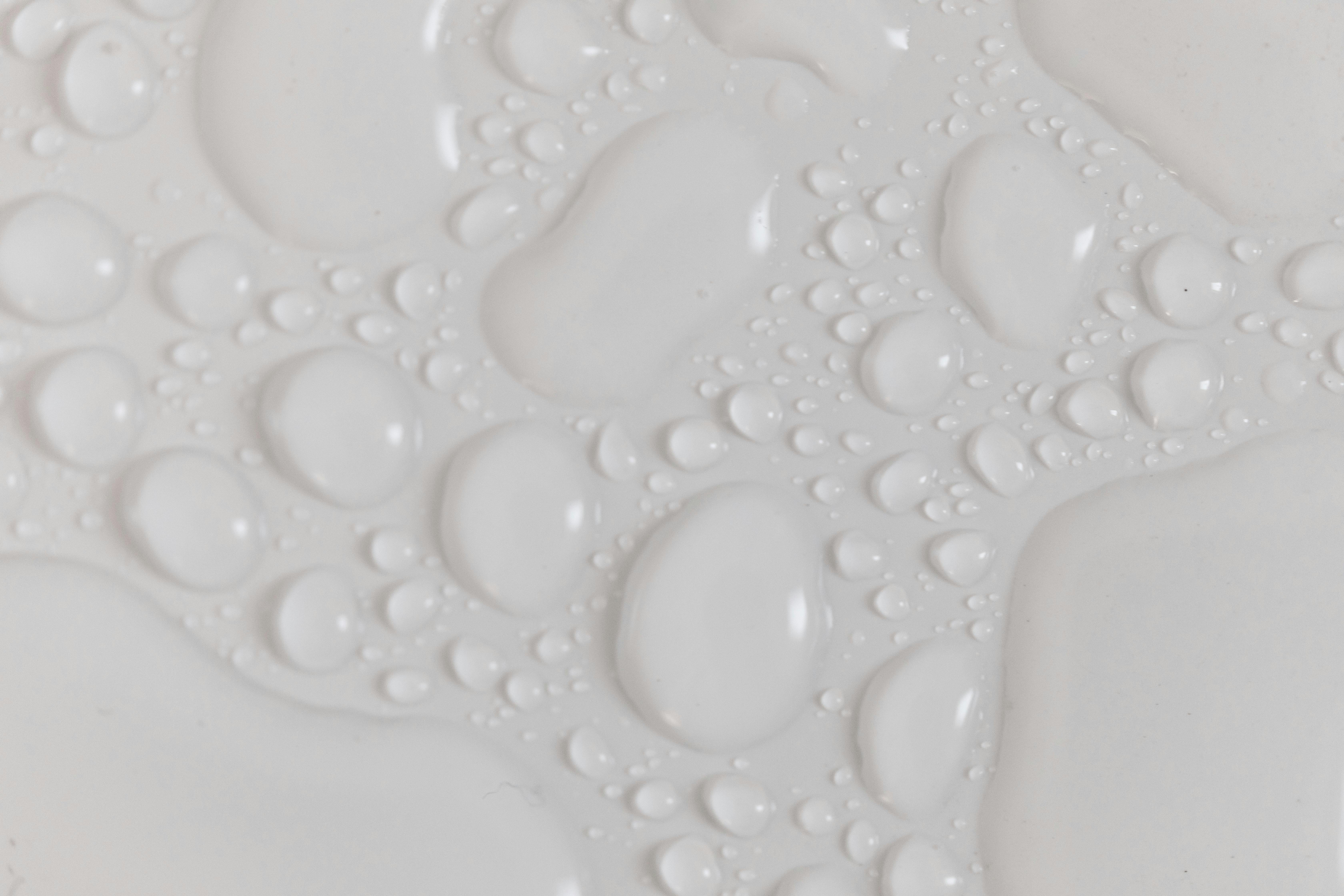A tankless water heater is a great option for providing an endless supply of hot water in your home. It also has the advantage of being more energy efficient than a traditional storage tank-style water heater. However, like any appliance, it’s possible for a tankless water heater to leak. In this article, we will discuss the possible signs that your tankless water heater may be leaking and what you can do if it is.Yes, a tankless water heater can leak. Tankless water heaters are prone to the same problems as regular water heaters, such as improperly installed pipes or valves, faulty seals and gaskets, and clogged lines. These problems can cause leaks that may lead to water damage in the home if not taken care of promptly.
Incorrect Installation
One of the most common causes of a tankless water heater leaking is incorrect installation. This can include improper sealing of pipes, incorrect wiring, or failure to follow manufacturer guidelines. This can cause water to seep from the joints and connections, resulting in a leak. It is always best to consult an experienced technician for installation and maintenance of your tankless water heater.
Clogged Drain Line
A clogged drain line can also be a cause of a tankless water heater leaking. The drain line is used to collect any condensation that accumulates in the system. If it becomes clogged, it can cause condensation to build up and eventually leak from the tankless water heater. To prevent this from occurring, it is important to regularly inspect and clean the drain line.
Defective or Corroded Components
Defective or corroded components within the tankless water heater can also lead to leaks. Over time, components may become worn out due to regular use and need replacing. It is also important to regularly inspect for any corrosion or damage that could be causing a leak. If any components need replacing, it is best to consult an experienced technician for assistance.
Improperly Adjusted Pressure Valves
The pressure valves in a tankless water heater are responsible for regulating the pressure within the system. If they become improperly adjusted, it can cause too much pressure build-up which will result in leaks. It is important to regularly check the pressure valves and make sure they are properly adjusted.
Excessive Hard Water Build-Up
Excessive hard water build-up inside your tankless water heater can also result in leaks. Hard water contains high levels of minerals such as calcium and magnesium which will eventually build up inside the system if not removed regularly. To prevent this from occurring, it is important to use a softener or filter system with your tankless water heater.
Symptoms of a Leaking Tankless Water Heater
A leaking tankless water heater can be a serious problem that can cause significant damage to your home. Knowing the signs and symptoms of a leaking tankless water heater can help you take action before the problem gets worse. The most common signs of a leaking tankless water heater include water pooling around the unit, strange noises coming from the unit, and discolored or rusty water coming from the faucet.
If you notice any of these symptoms, it’s important to take action as soon as possible. The first step is to shut off the power supply to your tankless water heater and turn off all hot water fixtures in your home. This will prevent further damage from occurring and allow you to investigate the source of the leak.
Once you have shut off power to the unit, it’s important to inspect it for visible signs of leakage such as wet spots on walls or floors around the unit or any visible cracks or holes in its exterior. If you don’t notice any physical signs of leakage, then it could be an issue with one of its internal components.
If you think there could be an issue with one of its internal components, it’s best to contact a professional plumber who specializes in tankless water heaters for help diagnosing and fixing the issue. A professional will be able to inspect your tankless water heater and determine what is causing it to leak so that they can fix it quickly and efficiently before any further damage occurs.
Possible Causes of Leaks in a Tankless Water Heater
Leaks in a tankless water heater can be caused by several different issues. The most common issue is leaking from the pipes, which can be caused by incorrect installation or loose connections. Other potential causes include a faulty pressure relief valve, worn or damaged gaskets, and corrosion of the internal components. If there are any visible signs of corrosion on the water heater itself, it should be inspected immediately before proceeding with any other repairs. It is also important to check for any cracks or damage to the tank walls, as this could cause leaks too.
Inspecting all of these components regularly can help to identify any issues before they become more serious and costly to repair. If you suspect that your tankless water heater is leaking, it is important to call a qualified professional to take a look at it and identify the source of the leak. This will ensure that all necessary repairs are carried out quickly and correctly so that your water heater stays in proper working order for as long as possible.
Diagnosing a Tankless Water Heater Leak
One of the most common problems with tankless water heaters is leaks. If you have noticed a leak in your tankless water heater, it is important to diagnose the problem quickly in order to avoid further damage. The first step is to locate the source of the leak. This can be done by inspecting all the hoses and connections that run between the water heater and other plumbing fixtures. If any of these connections are loose or damaged, they may need to be tightened or replaced. It is also important to check for any cracks or corrosion that could be causing the leak. If you cannot find the source of the leak, it may be necessary to call a professional plumber for assistance.
Repairing a Tankless Water Heater Leak
Once you have identified where the leak is coming from, it is time to repair it. Depending on what type of damage has occurred, this could involve tightening connections, replacing parts, or repairing cracks or corrosion. When replacing parts, make sure that they fit correctly and are compatible with your particular water heater model. If there is any doubt about how to properly repair your tankless water heater, it is always best to consult a professional plumber for assistance.
In addition to fixing any leaks, it is also important to take steps to prevent future leaks from occurring. This includes regularly inspecting hoses and connections for signs of wear and tear as well as checking for corrosion or deposits that could lead to leaks in the future. Additionally, make sure that your tankless water heater is properly maintained according to manufacturer instructions in order to ensure optimal performance and efficiency.

Identifying a Leaking Tankless Water Heater
If your tankless water heater is leaking, it can be difficult to know where the water is coming from. Look for signs of wetness or pooling water on the floor near the unit. Check for any corrosion or rust buildup on the exterior of the heater. If you notice any wetness or discoloration, then you should investigate further to determine the source of the leak.
Checking for Faulty Connections
Once you have identified a leaking tankless water heater, you should check all of the connections and valves for signs of wear and tear. Make sure that all of the fittings are tight and secure. If any of them are loose or damaged, they may be allowing water to escape. You should also check for any blockages in the pipe work that could be causing a backflow of water which could be leaking out from around fittings or valves.
Repairing a Leaking Tankless Water Heater
If you have determined that your tankless water heater is leaking due to faulty connections or blockages in your pipes, then you can attempt to make repairs yourself. First, turn off all power to the unit and ensure that all connections are properly secured and sealed with plumber’s tape or other sealants. Then, replace any parts that are damaged or worn out. If there is a blockage in your pipes, use a drain snake to clear it out before reconnecting everything.
Replacing a Leaking Tankless Water Heater
If your tankless water heater is beyond repair, then it may be time to replace it altogether. Replacing a leaking tankless water heater requires shutting off all power to the unit and disconnecting all pipes and wires from it before removing it from its mounting location. Once removed, you can install a new unit in its place following manufacturer instructions and connecting all pipes and wires securely.
Preventing Future Leaks
To prevent future leaks from occurring with your tankless water heater, make sure to regularly inspect all connections and valves for signs of wear and tear. Additionally, inspect your pipes for blockages or other damage that could lead to backflow issues which could cause leaks around fittings or valves. It is also important to flush out your system once per year as this can help keep sediment buildup at bay which can also lead to leaks over time.
Step One: Turn Off the Power Supply
When dealing with any kind of water heater, it is always important to start by turning off the power supply. This will ensure that no electrical shock occurs when attempting to repair the leaking tankless water heater. It is also important to make sure that all power sources are turned off, including those from the main power switch and any additional switches or outlets that may be connected to the tankless water heater.
Step Two: Inspect for Leaks
Once the power supply has been turned off, it is important to inspect for leaks around the tankless water heater. Visually inspect all connections and fittings around the unit for any signs of water leakage. Be sure to check behind and underneath as well as inside of any cabinets or closets where the tankless water heater may be located.
Step Three: Determine Source of Leakage
Once you have identified where the leak is coming from, it is time to determine what caused it in order to properly repair it. If you find a leak in one of the pipes or fittings, this could be an indication of a loose connection or a cracked or damaged pipe or fitting. If you notice a leak coming from around the unit itself, this could indicate a damaged gasket or seal that needs replacing.
Step Four: Replace Damaged Parts
If you discover any damaged parts on your tankless water heater, it is important to replace them before attempting any further repairs. This includes replacing any cracked pipes or fittings as well as replacing any gaskets or seals that need replacing in order for your tankless water heater to function properly again.
Step Five: Check Pressure Relief Valve
The pressure relief valve should always be checked when attempting repairs on a leaking tankless water heater as this could be causing excess pressure within the system and leading to leaks elsewhere on your unit. Check this valve by opening it and ensuring that hot water comes out when it should and then closing it again when finished.
Step Six: Flush System Out
Finally, once all repairs have been made and all damaged parts have been replaced, it is important to flush out your tankless water heater in order to remove sediment build-up within the system which can lead to further problems down the line if left unchecked. This can easily be done by running hot water through your system for several minutes until clear again before restoring power supply back on and testing for further leaks.
<br
Is It Possible for a New Tankless Water Heater to Start Leaking?
Yes, it is possible for a new tankless water heater to start leaking. Generally, tankless water heaters are designed to be leak-resistant. However, there are several potential causes of water leakage that can occur with a new tankless water heater.
One of the most common causes of leaks in a new tankless water heater is improper installation. If the unit was not installed correctly or if the connections were not properly tightened, it can lead to leaks and other problems. Additionally, it’s important to make sure that the system is correctly vented and that all of the components are working properly before use.
Another potential cause of leakage in a new tankless water heater is faulty parts or components. If any of the parts or components in the system are defective or damaged, they could cause issues with leakage. It’s important to check all of the parts and components on a regular basis to make sure everything is working correctly and there are no signs of wear and tear.
Finally, poor maintenance can also lead to leaks in a new tankless water heater. Regular maintenance is necessary to ensure that all components are working properly and that no debris or sediment has built up in any part of the system. Periodically flushing out the system can help reduce sediment buildup and prevent leaks from occurring.
Overall, it is possible for a new tankless water heater to start leaking due to improper installation, faulty parts or components, or poor maintenance practices. To ensure proper operation and optimal performance, it’s important that your tankless water heater be installed correctly and maintained regularly by an experienced professional.

Conclusion
Tankless water heaters are a great way to save energy and money. In most cases, they do not require any maintenance and they rarely, if ever, leak. However, if there is a problem with the unit or it is not installed properly, it can lead to water leakage. It is important to have a professional inspect your tankless water heater regularly to ensure that it is functioning properly and not leaking.
Regular maintenance can also help prevent leaks by ensuring that all parts are in working order and that the unit is properly installed. If you do find that you have a tankless water heater leak, it is important to act quickly in order to minimize damage from the leak. Taking the necessary steps now can help ensure your safety and keep your home free of any potential hazards associated with water leaks.

